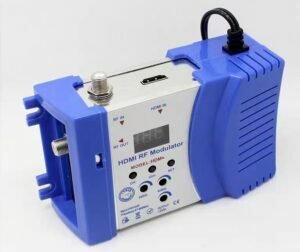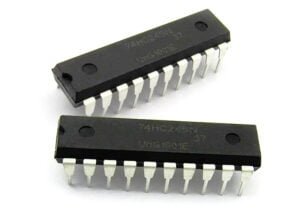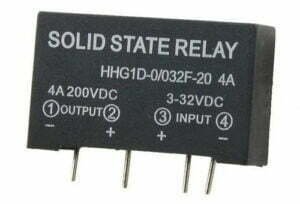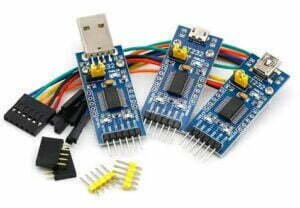In the world of audio and video, the presence of unwanted noise can significantly degrade the quality of the content. Fortunately, Dynamic Noise Reduction (DNR) technology has emerged as a powerful solution. These cutting-edge systems not only block out unwanted noise but also adapt and adjust in real-time to provide a seamless and immersive auditory experience.
In this article, we will explore the concept of Dynamic Noise Reduction, its applications, and how it enhances the audio and video quality.
What is Dynamic Noise Reduction?
Dynamic Noise Reduction (DNR) is a technique employed to remove unwanted noise or signal distortion from dynamic or time-varying signals, such as audio or video signals. It is commonly used in various devices, including analog CCTV cameras, digital/IP cameras, and audio recording equipment. The primary goal of DNR is to improve the overall clarity and fidelity of the signal by minimizing the presence of noise.
The Importance of Dynamic Noise Reduction
In today’s world, where high-resolution displays and large screens are becoming increasingly prevalent, the visibility of noise and artifacts in video frames has become a growing concern. As screen sizes increase and higher resolutions are adopted, the imperfections in the video become more apparent. This is where Dynamic Noise Reduction technology plays a crucial role. By effectively reducing noise and other undesirable artifacts, DNR ensures a clean and visually pleasing viewing experience.
How Dynamic Noise Reduction Works?
Dynamic Noise Reduction circuits operate by analyzing and comparing frames to identify and remove inconsistencies or specks that do not persist across multiple frames. This temporal reduction technique helps in minimizing noise that varies from frame to frame. However, more advanced DNR circuits go beyond temporal reduction and also incorporate spatial noise reduction. These circuits can detect and remove noise within the same frame, further enhancing the quality of the video.
Advanced Techniques in Dynamic Noise Reduction
Algolith's 3D-DNR Technology
One of the leading advancements in Dynamic Noise Reduction technology is Algolith’s 3D-DNR. This innovative technology employs advanced algorithms to dramatically clean up noise in video frames. As TV screens continue to grow in size and higher resolutions are adopted, noise and artifacts become more visible. Algolith’s 3D-DNR technology effectively addresses this issue, ensuring a crisp and clear video output.
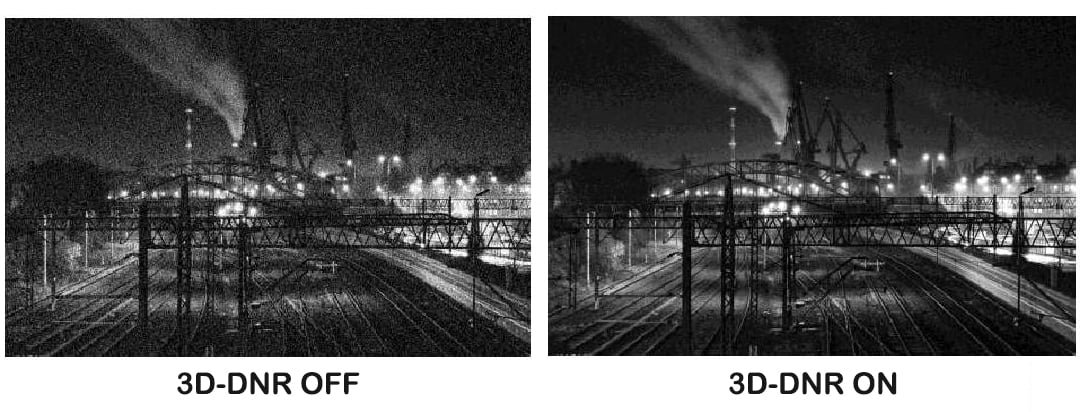
LM1894 DNR System
The LM1894 DNR system is another notable circuit that utilizes psychoacoustic techniques and adaptive bandwidth to achieve substantial noise reduction. This circuit is particularly effective in reducing noise in analog audio signals, such as those found in tape decks and cassette players. By employing compression techniques, masking sound with white noise, and reducing the signal’s bandwidth to the precise audible range, the LM1894 DNR system significantly enhances audio quality.
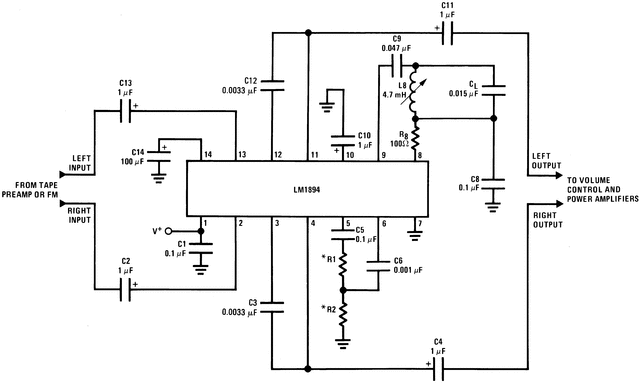
Advantages of Dynamic Noise Reduction
Preserves the Original Signal
One of the key advantages of Dynamic Noise Reduction is its ability to remove noise while preserving the original signal. Unlike traditional filters, which may alter the characteristics of the signal, DNR circuits aim to minimize noise without compromising the integrity of the content. This ensures that the audio or video retains its natural quality and fidelity.
Minimal Component Count
Dynamic Noise Reduction circuits often come in integrated circuit (IC) form, resulting in a minimal component count. With a reduced number of components, these circuits offer simplicity and ease of implementation. Additionally, IC-based DNR solutions can operate on a wide range of voltages, providing flexibility and compatibility with various devices and systems.
Applications of Dynamic Noise Reduction
Audio Recording and Playback
Dynamic Noise Reduction plays a vital role in improving audio quality in various recording and playback scenarios. Whether it’s reducing tape noise in reel-to-reel systems or enhancing the clarity of audio recordings, DNR circuits provide a valuable tool for audio enthusiasts, professionals, and anyone seeking to enjoy high-quality sound.
Video Surveillance Systems
In the realm of video surveillance, Dynamic Noise Reduction is crucial for achieving clear and detailed footage. By minimizing noise and artifacts, DNR technology ensures that surveillance cameras capture accurate and reliable visuals, even in challenging lighting conditions. This is particularly important for applications with long-range lenses or low-light environments where noise can significantly impact the clarity of the video.
Implementing Dynamic Noise Reduction
Simplified Circuit Without FM Support
For those interested in implementing Dynamic Noise Reduction in their audio systems, a simplified circuit can be used. By omitting the FM pilot filter components, which are primarily used to reduce FM noise, the circuit can be streamlined and simplified. This approach reduces the component count and makes the implementation more straightforward.
Bargraph Meter for Precise Tuning
To fine-tune the noise reduction process, a bargraph meter circuit can be employed. By adjusting the potentiometer, the sensitivity of the DNR circuit can be modified to set the noise threshold. This allows users to precisely tune out specific noise frequencies, resulting in an optimized noise reduction experience.
Conclusion
Dynamic Noise Reduction technology has significantly transformed the audio and video landscape by addressing the issue of unwanted noise and artifacts. With its ability to preserve the original signal while effectively reducing noise, DNR circuits have become essential components in various applications, from audio recording and playback to video surveillance systems. As technology continues to advance, we can expect further improvements and innovations in Dynamic Noise Reduction, ensuring even clearer and more immersive audio and visual experiences for all.

